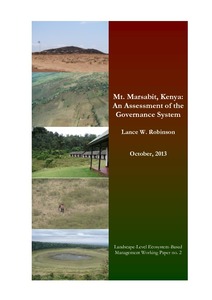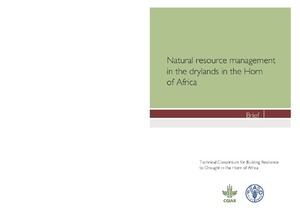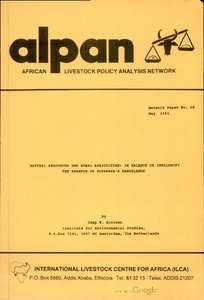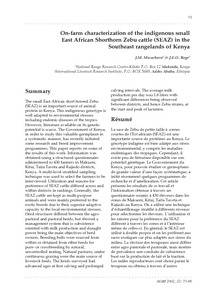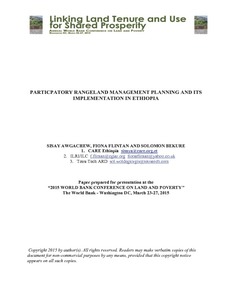Mixed species stocking and the vital statistics and demography of domestic animals in the arid and semi-arid zones of northern tropical Africa
Shows mixed species stocking in Northern tropical Africa w., particularly emphasis on the African traditional animal production systems; w. data on reproduction, growth and viability for five species in the region; herd & flock structures for dif. species; and the use of livestock to increase the human food supply.




